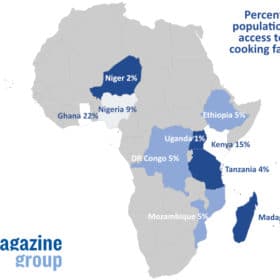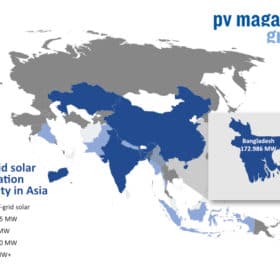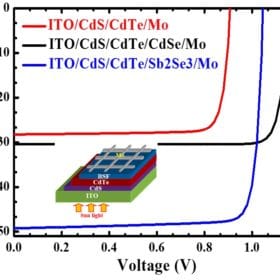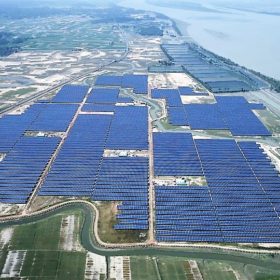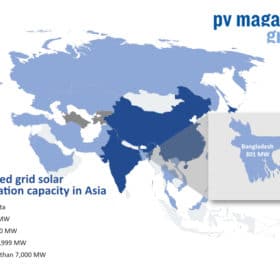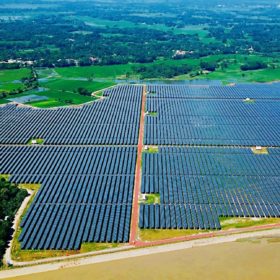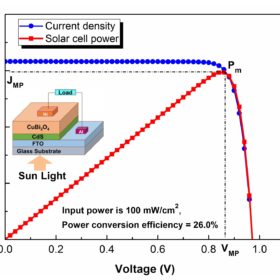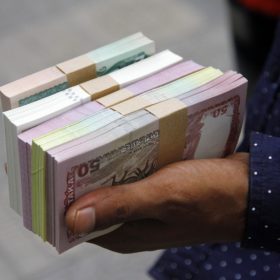Bangladesh inaugurates largest solar rooftop
A government minister attending the switching-on ceremony appeared to announce a new renewable energy ambition for the South Asian nation.
Universal electricity access by 2030 remains a distant dream
Energy efficiency, electrification of heating and transport, and the provision of clean cooking facilities are all going in the wrong direction as the Covid crisis deprived millions in sub-Saharan Africa of electricity use, according to a report by the IEA, IRENA, WHO, World Bank and UN Statistics Division.
Solar improves living standards for Rohingya refugees in Bangladesh
Lamps, water pumps and filtration systems are an increasingly common sight in the camps of Cox’s Bazar with more extensive off-grid home systems having been brought along the refugee trail by some homeowners fleeing Myanmar’s Rakhine state.
CdTe heterojunction solar cells based on antimony selenide back surface field layers
An international research group is seeking to increase the efficiency of heterojunction cadmium-telluride solar cells by applying back surface field (BSF) layers made of antimony selenide. It claims the addition of this compound may raise CdTe cell efficiency by around 9% and has the technical potential to reach efficiencies over 40%.
Minister highlights Bangladesh’s lack of land for solar
Junior power minister Nasrul Hamid, speaking at a signing ceremony for a planned 100 MW project, warned technology would have to develop to require less surface area for solar modules, although he did say Dhaka would fund research into rooftop solar.
India to finance 100 MW Bangladeshi solar plant
The federal government will provide $131 million of soft loans for a $177 million, 100 MW solar park near the Jamuna river in Bangladesh’s Jamalpur district, where a second park of a similar size is being planned by Dhaka and a Chinese partner.
Bangladesh’s largest PV plant comes online
The solar facility will sell power to the Power Grid Company of Bangladesh under a 20-year PPA.
Sri Lankan garment manufacturer could invest in Bangladeshi renewables
Although the Windforce clean power developer controlled by garment maker Hirdaramani has not been forthcoming in response to pv magazine, it is reportedly considering installing 20-50 MW of solar and/or wind power capacity in the nation.
Heterojunction design for 26%-efficient copper bismuth oxide thin-film solar cell
Researchers in Bangladesh have simulated a solar cell based on a copper bismuth oxide material, used as an absorber, with n-type cadmium sulfide (CdS) utilized as a buffer layer. In the experiment, the device achieved an efficiency of 26.0%, an open-circuit voltage of 0.97 V, a short-circuit current density of 31.61 milliampere per square centimeter, and a fill factor of 84.58%.
Bangladesh launches first green bond
With the World Bank celebrating the success of a solar home system installation program which has provided electricity to an estimated 20 million people, an NGO has floated a near-$12 million environmental investment which could drive further PV capacity.

